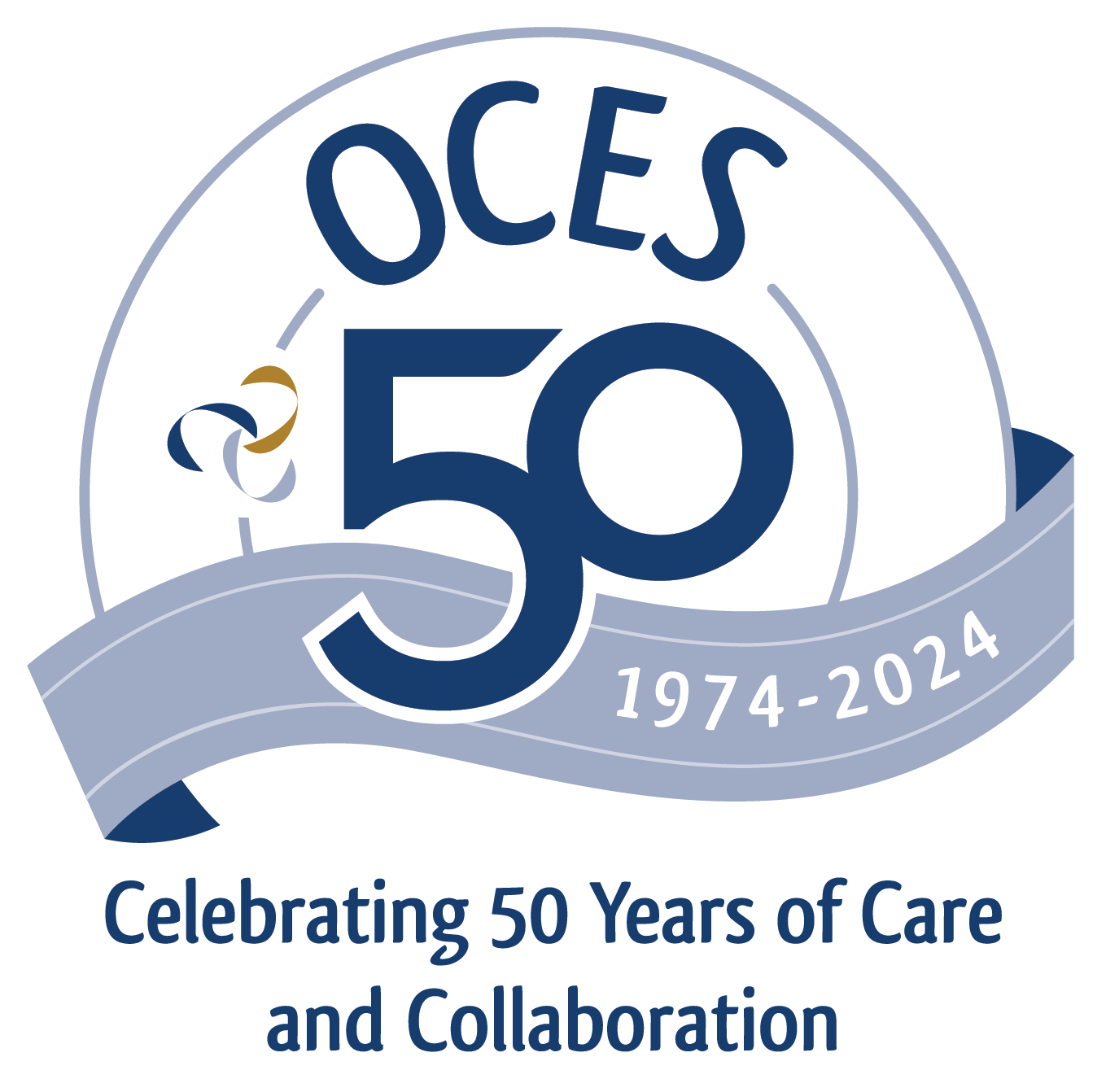October 2, 2019
More than two-thirds of Cape Cod’s coastal embayments and more than one-third of its freshwater ponds are suffering from unacceptable water quality due to excess nutrients, while the Cape’s public drinking water supplies overall have maintained a high standard of quality. That’s the conclusion of a comprehensive analysis of the Cape’s water resources, released this week by the Association to Preserve Cape Cod in its first annual State of the Waters: Cape Cod report.
“The report conclusions clearly show the alarming impacts that excessive nutrients from inadequately treated wastewater have had on water resources all across Cape Cod,” said Andrew Gottlieb, APCC’s executive director. Most of the Cape is served by Title 5 septic systems, which are ineffective in removing nutrients, while only small areas are served by publicly-owned wastewater treatment facilities. Poorly treated stormwater runoff and fertilizers are other sources of nutrients in the Cape’s water bodies.
“APCC’s State of the Waters: Cape Cod project was designed to help the public and policy makers better understand where water quality on the Cape is acceptable and where water quality is unacceptable,” said Gottlieb. APCC collected existing information on water quality compiled over years of water sampling and monitoring of water bodies across the Cape and translated the information into grades.
The information is posted on a website created for the project, www.capecodwaters.org.
“The information collected for this project underscores the urgent need to take action on restoring the Cape’s water quality. The website is a key means of distributing this information to the public. In doing so, we hope to guide public policy and investment in restoration efforts,” explained Gottlieb.
APCC used three grading systems for the project. One system was adopted for grading coastal waters, a second system for grading ponds and a third for grading drinking water. Each of the systems were used to analyze specific water quality parameters in order to develop scores, and the scores were then translated into grades of either acceptable water quality or unacceptable water quality.
“APCC chose grading systems that were determined to be scientifically sound, have been used before to evaluate water quality, are easily understood and can be replicated by others, and are targeted to evaluate the most pressing water quality problems,” explained Gottlieb.
The findings for APCC’s study of Cape Cod coastal embayments showed that, of the 48 embayments where data were available, more than two-thirds—33 embayments or 69 percent—had segments with unacceptable water quality and fewer than one-third—15 embayments or 31 percent—had acceptable water quality throughout the entire embayment.
Most of the embayments graded as having unacceptable water quality are located along the western, southern and eastern coasts of Cape Cod. These are regions of the Cape where the watersheds generally contain more densely developed areas served by Title 5 septic systems and where embayments have low flushing rates.
For the report, 152 separate coastal embayment monitoring stations were analyzed and scored. Nearly two-thirds—98 stations or 64 percent—received unacceptable water quality scores, while a little over one-third—54 stations or 36 percent—were scored as having acceptable water quality.
According to APCC’s analysis of the Cape’s freshwater ponds, more water quality monitoring is needed. Only 149, or 15 percent, of the 996 ponds on Cape Cod are monitored for water quality. Of the 149 monitored ponds, over one-third—58 ponds or 39 percent—had unacceptable water quality scores. Fewer than two-thirds—91 ponds or 61 percent—were determined to have acceptable water quality.
As with coastal embayments, unacceptable pond grades reflect the impact of excess nutrients from septic systems, fertilized lawns and stormwater runoff. Nutrients in the form of phosphorus adversely affect freshwater ponds, while nitrogen is the nutrient source that impacts coastal embayments. This year’s State of the Waters: Cape Cod report scores do not reflect impacts to ponds from harmful cyanobacteria blooms. Monitoring data on cyanobacteria collected this year will be incorporated into the 2020 State of the Waters: Cape Cod report.
In contrast to the bad news on coastal embayments and freshwater ponds, 20 public water supplies in the 15 towns across the Cape were all graded as excellent in APCC’s report, based on existing drinking water quality standards. However, contaminants of emerging concern, such as PFAS, endocrine-disrupting compounds, pharmaceuticals and microplastics, are not monitored for most public water systems and drinking water standards for these contaminants have not been established.
The publication of APCC’s State of the Waters: Cape Cod report includes an action plan for restoring and protecting the Cape’s water quality. Specific actions are recommended for municipalities, residents and business owners, and regional and state government.
APCC’s action plan recommends that towns make water resource protection and restoration of embayments and ponds a high priority. It calls on towns to adopt and implement long-term strategies for managing wastewater consistent with the regional 208 Plan, dedicating at least 50 percent of short-term rental tax revenue to infrastructure investments that include wastewater infrastructure, improving stormwater treatment and adopting effective land use practices that protect water resources.
The action plan urges residents to get more involved in the local decision-making process, demand action by town officials to protect water resources, and to support local investments in wastewater infrastructure and viable alternative wastewater treatment strategies at town meeting and in town elections.
The action plan also calls for a more rigorous monitoring program for ponds, including sampling from a larger number of ponds, as well as monitoring for cyanobacteria blooms. For drinking water, the plan recommends that the state adopt more protective standards to address unregulated contaminants of emerging concern.
The complete action plan is available at APCC’s State of the Waters: Cape Cod website.
The APCC State of the Waters: Cape Cod report is funded by a grant from the Massachusetts Environmental Trust, which is one of the commonwealth’s leading environmental philanthropy organizations and is mainly funded by state environmental license plate revenues.
APCC’s State of the Waters: Cape Cod Reports on the Health of Cape Water Resources





















